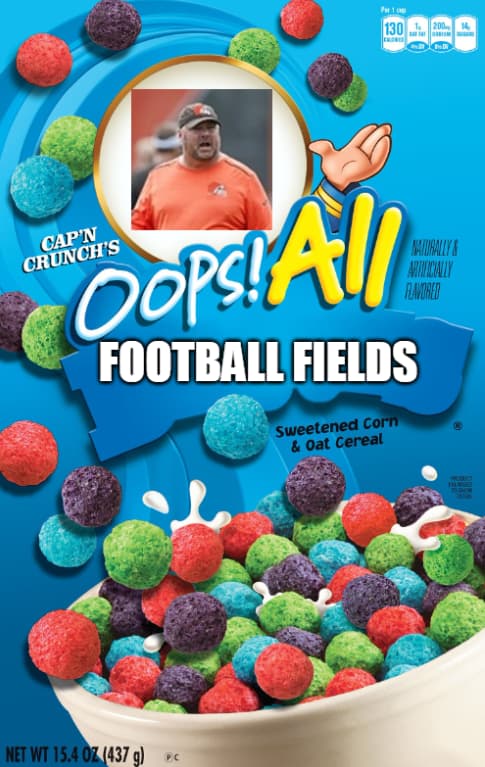Also would be a great way to prep for the next pandemic.
wasn’t there a big chunk of covid stimulus that was supposed to be funding for doing this in schools etc?
Yes!
Did any of that ever happen?
No, but some of it was used to buy new toys for cops so… we’ve got that “going” for us.
ah yes, OOPS ALL MRAPS
Yep, we could basically wipe out the flu and common colds.
we can improve public health by a lot, but don’t we know that there no way to wipe out either flu or covid while reservoirs of variants exist and continue to mutate?
If we take their R0 well below 1, they’ll be quite rare. Some might say basically wiped out.
there are 190 different governments which are not all following the same protocols to keep r0<1, and even more granular subpopulations and communities that do not either, as well as animal reservoirs. smallpox was unusual as it didn’t infect other species, and it took 30 years between last outbreak and eradication. but i am not even sure how long it would take to stomp out r0 < 1. even idealized exponential decay takes a long time.
R<1 everywhere all the time not possible. So yes it’s going to persist.
I’m not talking about eradication. I’m talking about it being hardly a thing in areas with that level of ventilation. I don’t know how much less cold and flu we’d have. Maybe 90-95% less.
Diseases have existed for a lot longer than congregant indoor settings. I’m going to go out on a limb here and go for this study being an outlier. I’m sure if we could wave a wand and put HEPA filters in every indoor setting in the world it would significantly reduce transmission, but I don’t see it eliminating it any respiratory bugs.
Haven’t humans basically always gathered indoors in some form or fashion, dating back to caves? Going back that far you could also argue that the benefits of being outdoors and such were more than offset by not having proper food preparation, handwashing, etc.
But regardless, if we get the R0 of a thing < 1 in offices, schools, retail spaces, apartment buildings, etc, along with at least some bars/restaurants, I’ve got to think we’re going to see way way less of it being spread. My guess is that most people are bringing various infections into their household via work and school.
Again, I’m not talking about actual elimination. CDC estimated around 30-40 million cases of flu per year as the norm pre-covid in the US. Maybe 3-4 million instead? Just a wild ass guess. That sounds like a lot still in raw numbers, but that would mean the average American is catching the flu less than once per lifetime. I’d consider that “basically wiped out” as I worded it.
Flu came astonishingly close to extinction during the pandemic. Like, I was shocked at how well masking and social distancing worked.
Yep, I mean it’s kind of crazy to think about in these terms because 0.99 and 1.01 sound so close to each other… but like if something has an R0 of 0.99 it’s going to end up with zero cases - outbreaks can happen but they’ll eventually flare out. If something has an R0 of 1.01 it’s going to blow up exponentially.
So if we can get the society-wide R0 < 1 on the flu and colds, they’ll trend towards zero cases every time there’s an outbreak. There will be outbreaks because there will be reservoirs in animals and globally, but the outbreaks in countries with good ventilation would subside fairly quickly.
the original statement was “wipe out”, whereas eradication or extinction has some scientific definitions. we did not come close to extinction of the flu. we had a temporary state where the incidence of the flu was low enough that the hospitals saw very few severe cases. but even as total flu cases plummeted, within local pockets flu r0 was probably never significantly below1, and .9-.99 basically means it takes years of vigilance and lots and lots of luck with respect to animal variants to extinction.
having said that, some strains of the flu virus do go extinct from time to time, usually due to a competing strains.
I said basically wipe out, as in, just about wipe out. As in not quite wipe out, but almost.
And we actually did extinct a strain during pandemic lockdowns, the B/Yamagata lineage of flu is gone.
this is sad
this is sad
No.
Actually, let’s go with maybe. We would really need to know more about the individuals to say ‘no’ for sure.
However, when that is known, it can certainly be a no. For example, hard no for Laura Loomer. It fucking hilarious.
On a different note, we need a new version of FAFO for when people face consequences but they don’t know why, so they aren’t technically “finding out”. I can’t come up with anything that rolls of the tongue quite like fafo/faafo.
it can be sad and funny at the same time
the sadness for me is there were so many people early on that warned about stuff like this, about risks people completely ignored, so I totally get the same schadenfreude. After vaccinating though I basically assessed what risk I was acceptable having, weighed it against evidence available, and made a choice I (mostly) haven’t suffered from.
People essentially do the same calculus in their heads but it’s based on shit they heard some doofus say at work or whatever conspiracy theory their social media feeds were ramming down their throats. Plus the actual media. It’s sad to me they have to suffer consequences that were avoidable, but they were also total assholes about it, so it’s kind of whatever. An actual fuckload of people are dead over it
